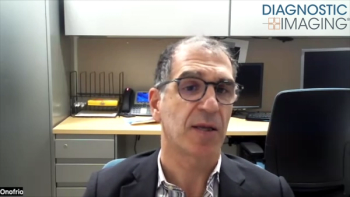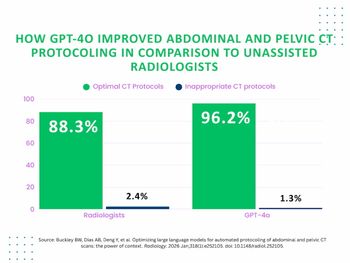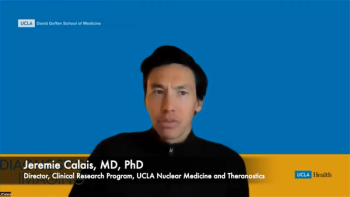Siemens Healthineers Announces FDA Clearance for New PET/CT System at SNMMI Meeting
Emphasizing enhanced time-of-flight performance and an energy-efficient design, the Biograph Trinion PET/CT system can reportedly be utilized for a variety of imaging needs, ranging from theranostic applications to neurology imaging.
The Food and Drug Administration (FDA) has granted 510(k) clearance for the Biograph Trinion positron emission tomography/computed tomography (PET/CT) system, which made its debut at the
Combining an air-cooled digital detector with bolstered time-of-flight performance, the Biograph Trinion system enables a variety of post-processing applications, including oncologic, cardiovascular, and neurologic imaging as well as theranostics, according to Siemens Healthineers, the manufacturer of the Biograph Trinion.
The company emphasized that the device’s computer technology is located in the system gantry, allowing a more compact design that can be accommodated in an existing traditional PET/CT room. Siemens Healthineers added that the system’s smart power-save mode for powering down at night, can lead to a 46 percent reduction in energy costs.
“With the Biograph Trinion, Siemens Healthineers is proud to offer customers a high-performance PET/CT scanner that delivers the precision and speed needed for clinical demands,” said James Williams, PhD, head of Molecular Imaging at Siemens Healthineers. “This new system is designed to be user- and patient focused as well as a sustainable investment in terms of reduced installation and operational costs and easy, on-site scalability.”
Newsletter
Stay at the forefront of radiology with the Diagnostic Imaging newsletter, delivering the latest news, clinical insights, and imaging advancements for today’s radiologists.





























